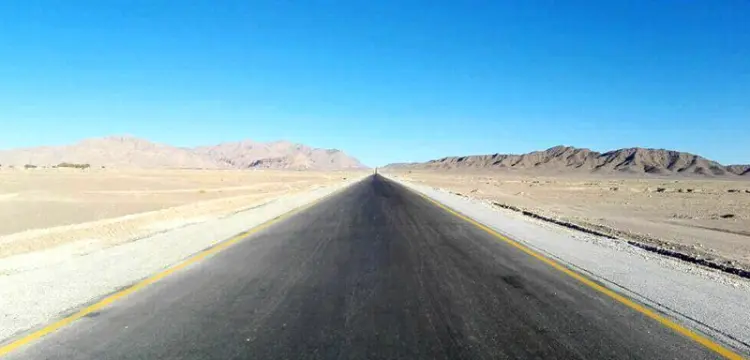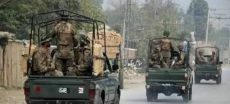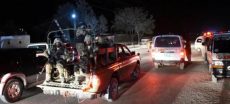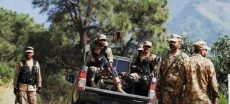Balochistan, the largest province in Pakistan, faces severe traffic safety issues, primarily due to the lack of double-lane highways, which leads to numerous accidents and fatalities. Unlike other provinces, Balochistan’s infrastructure remains underdeveloped, exacerbating the problem.
In 2021, a report highlighted the dire situation, revealing that 8,000 people lost their lives in highway accidents within a year in Balochistan. This figure starkly contrasts with the 2,238 fatalities from terrorism over the past decade. The Quetta-Karachi Highway, an essential 813 km road, is notoriously known for accidents and has been nicknamed the “Killer Road.” Over 800 accidents occur annually on this single-lane highway alone.
The highway’s perilous nature is illustrated by numerous tragic incidents. In 2019, nine family members perished when a van collided with a truck on the Quetta-Karachi highway. Another devastating accident saw all 27 passengers die when a bus caught fire in Lasbela. Even high-profile individuals like Capt. Tariq Zehri, a former Commissioner of Makran, have fallen victim to these hazardous roads, dying in an accident involving an oil tanker.
Read More: Rainfall brings relief but prompts flood warnings in Khyber Pakhtunkhwa and Balochistan
A recent report from the Balochistan Medical Emergency Response Centre underscores the severity of the issue, documenting 46,000 incidents over the last five years, resulting in 64,000 injuries. The N25 highway emerges as the most dangerous, with a high number of accidents attributed to speeding, driver errors, and its single-lane structure.
The stark statistics and tragic stories highlight the urgent need for infrastructural improvements and enhanced traffic safety measures in Balochistan to prevent further loss of life and injuries.











